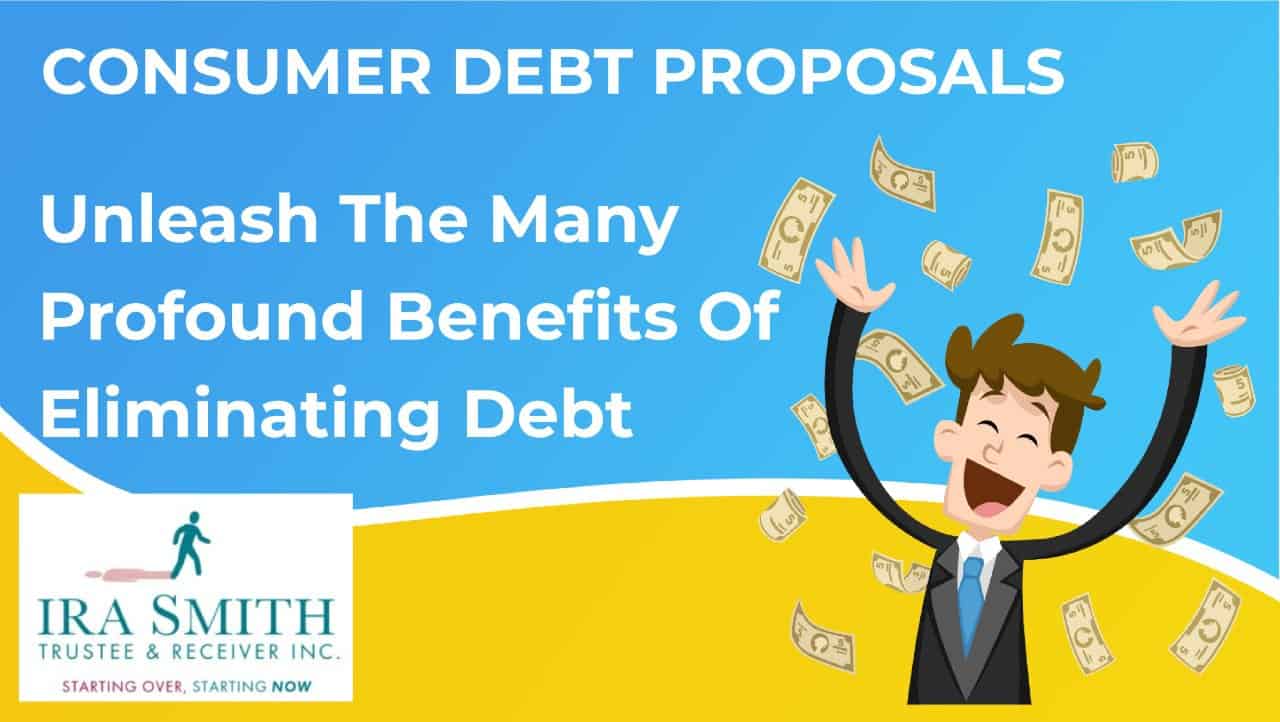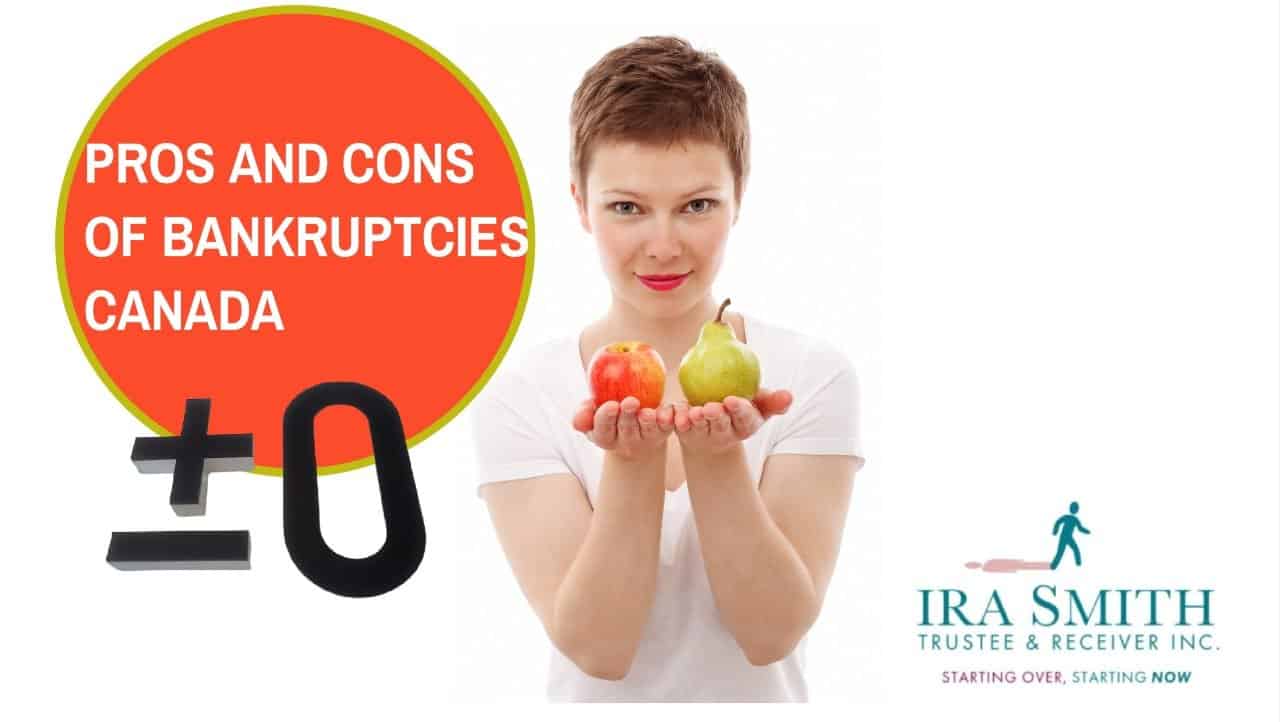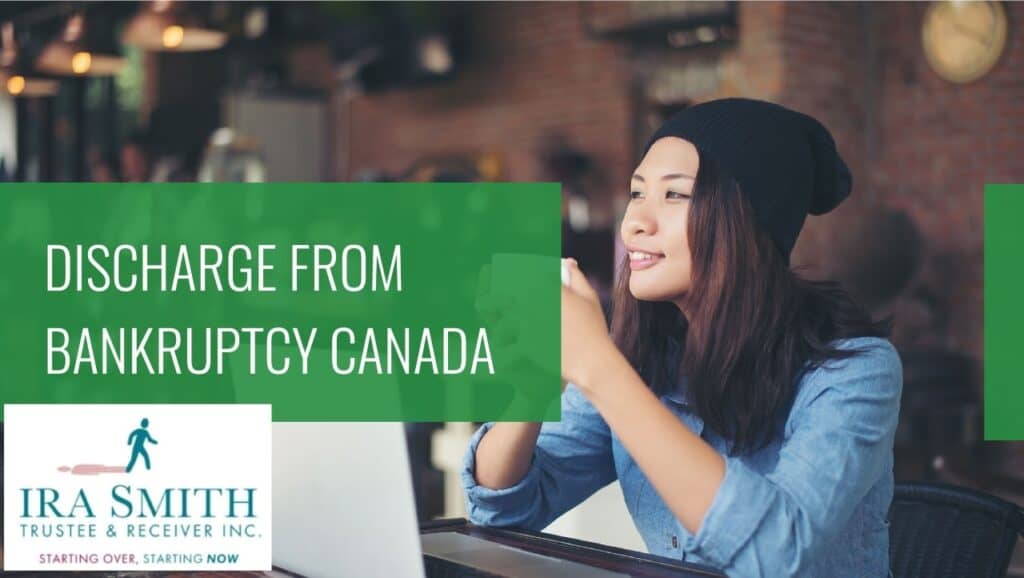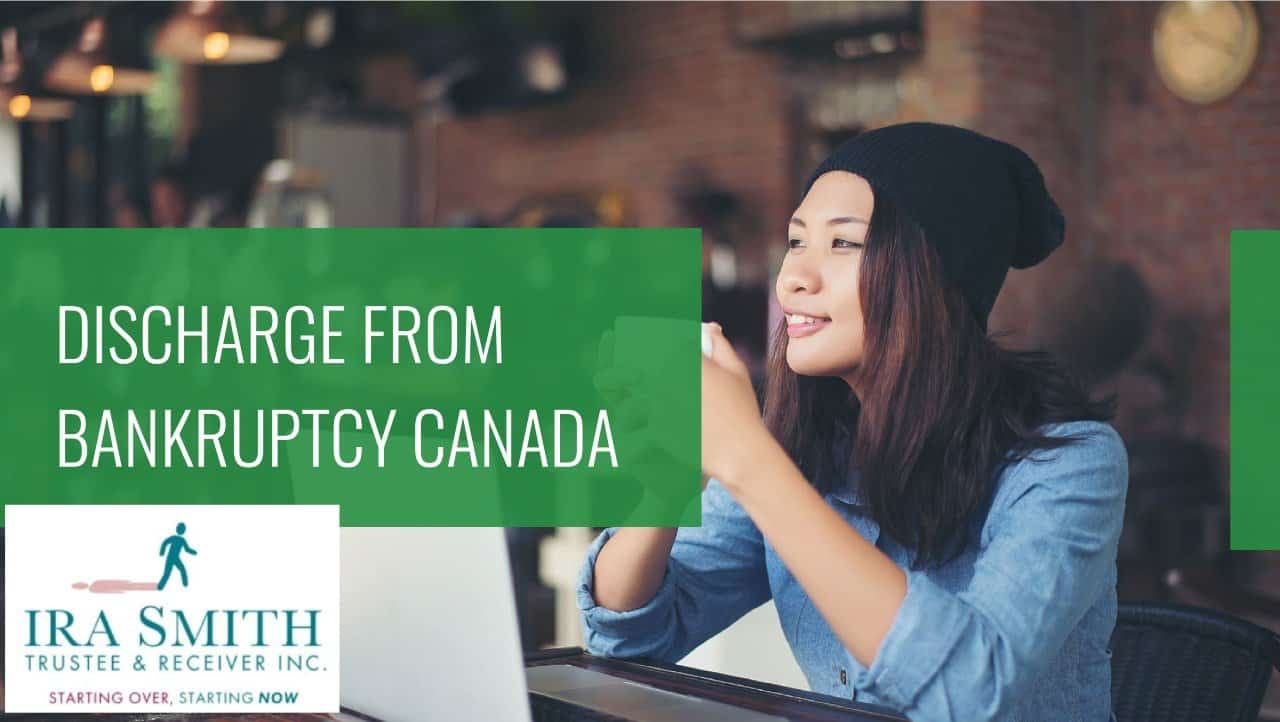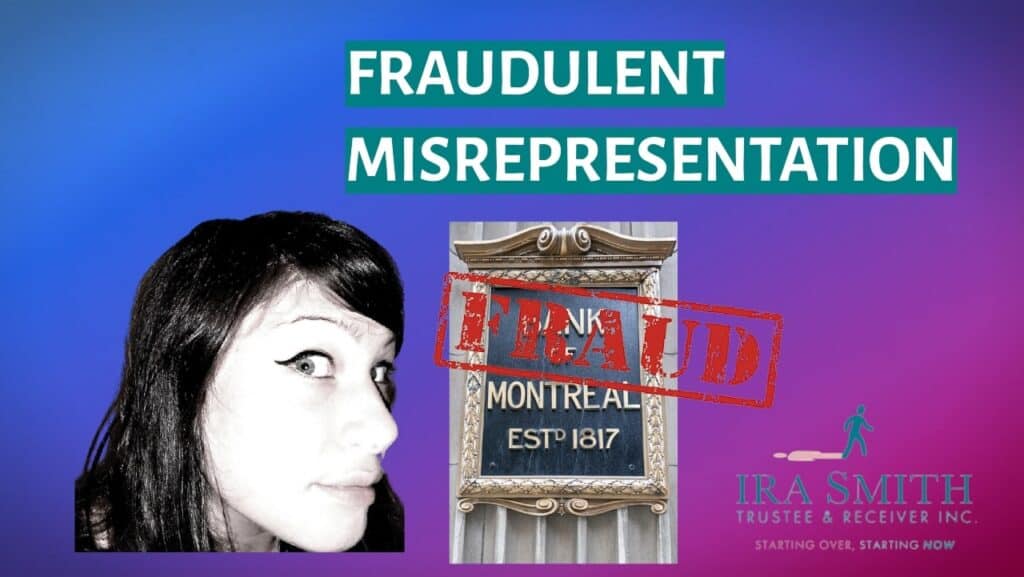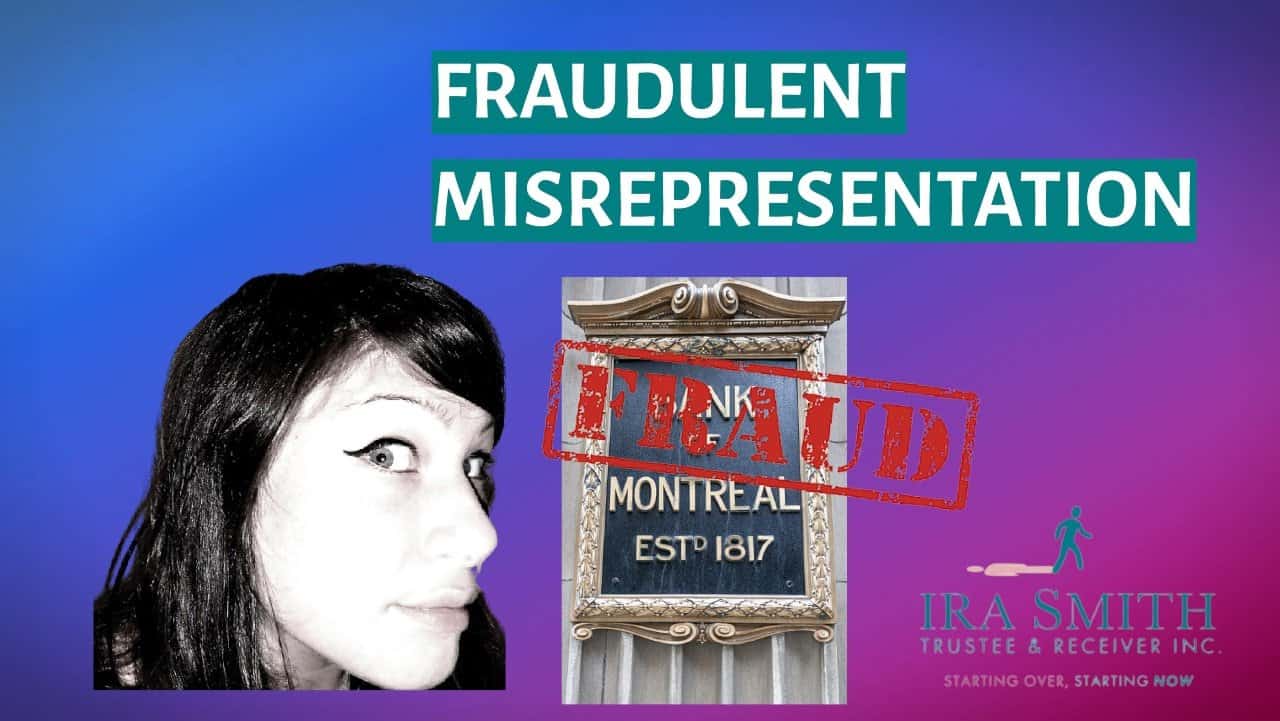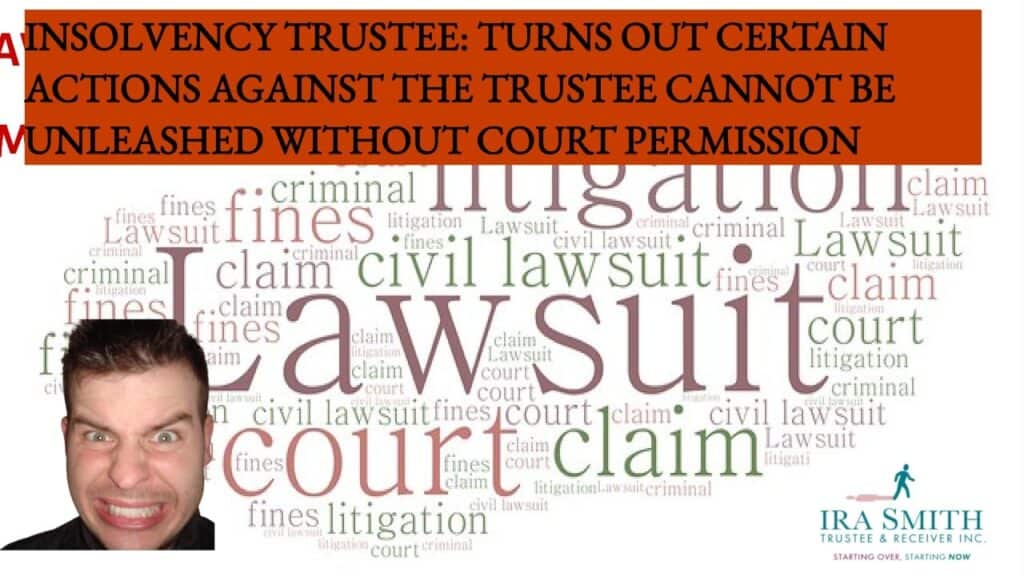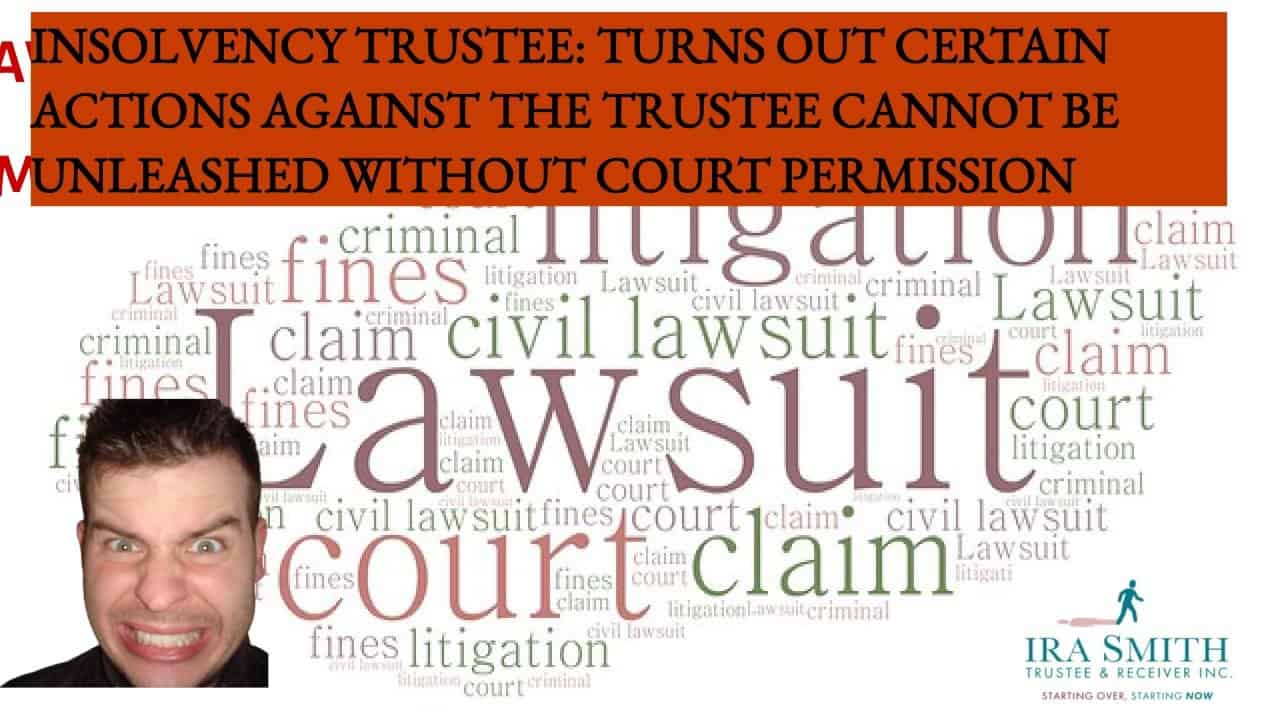consumer debt proposals
Consumer debt proposals eliminate your debt stress
Are you stressed out and overwhelmed by debt and don’t know how to begin to eliminate it? We know your pain and can help you because this Brandon’s Blog “Consumer Debt Proposals: The Ultimate Solution for Managing Debt” has got you covered! I provide realistic advice on how to manage and even get rid of debt through a binding debt settlement agreement.
I describe what consumer debt proposals are all about and also look at other debt-relief options like debt consolidation and credit counselling. I will also talk about the recent Canadian government’s warning about taking on high-interest debt from certain companies.
Consumer debt proposals: How Does a Consumer Proposal Work?
If you’re in a tough spot financially, in Canada you can submit a consumer proposal if you owe $250,000 or less (not including any debt registered against your home is one of the types of secured debts that must be paid according to your secured loan repayment terms). It’s an official way to get some debt relief, and it’s all legit according to the Bankruptcy and Insolvency Act. Basically, you work with a Licensed Insolvency Trustee who helps you come up with a plan for paying off what you owe. Then you negotiate with your creditors and hopefully, they accept the proposal.
Making a consumer proposal that unsecured creditors will accept is one of the debt solution alternatives to bankruptcy that requires a few steps to get it done:
- Reach out to a qualified Licensed Insolvency Trustee and book a no-cost debt assessment consultation.
- During the appointment, answer any questions the Trustee may have truthfully and to the best of your ability.
- The Trustee will work with you to come up with a payment plan that fits into your budget and allows you to pay off your debt.
Once you’ve submitted your consumer proposal, your creditors will look it over and then decide if they want to accept it as is or negotiate an adjustment (higher) to your periodic payments to eliminate the amount you owe. They have the option to do either one.
Your creditors can decide to:
- Agree to the terms you have proposed (cast their vote in favour).
- Decline the terms (vote no).
- Decline the terms and suggest a meeting with creditors.
- Take no action (which is the same as voting yes).
Your consumer proposal is automatically approved unless more than 25% of the dollar value of the claims of your creditors indicates that they would like to have a meeting of creditors. In that case, that is what will happen.
Once you’ve taken the step of filing for a consumer proposal, you’ll be able to rest easy knowing that you have immediate legal protection from creditors and debt collectors through this financial and legal process. This is called a stay of proceedings where your creditors cannot chase you for the money you owe.
Filing under the bankruptcy process in Canada isn’t your only option! You can work out a legally binding agreement with your creditors through the popular alternative and powerful alternative of consumer debt proposals. With a consumer proposal, you and your creditors can come to an agreement on what portion of the debt you can pay off- and the rest will be written off!

Consumer debt proposals: The voting process
When it comes to a consumer proposal, it’s important to understand the process of how creditors come to a decision to accept or reject the plan. This section will provide insight into how the voting process works.
Once a consumer proposal is submitted, creditors are allowed 45 days to express their decision. They can either accept the proposal or reject it in one of the following ways: replying to the Licensed Insolvency Trustee with their acceptance, not responding at all (which is seen as approval), communicating their rejection or requesting a meeting of creditors.
At the creditors’ meeting, creditors will have the opportunity to decide whether to accept the consumer proposal as is or to make adjustments to it.
Consumer debt proposals: What happens if your offer is approved?
If your proposal gets the green light, you’ll need to abide by what you promised – whether that’s a single payment or regular installments to the Licensed Insolvency Trustee. Plus, you must meet any other conditions that were laid out in the proposal.
In a successful proposal, you can keep your assets (as long as you keep paying what you owe to creditors who have a lien on your assets), and go to the two financial counselling sessions held by the Licensed Bankruptcy Trustee. Of course, you’ve got to pay the Licensed Bankruptcy Trustee on time over the entire period of time your proposal is for.
Failure to do so could result in the revocation of the proposal, the accrual of interest and fees, and even legal action. It’s important to remember that while a consumer proposal can provide much-needed relief, it’s ultimately up to you to stay current with the payments you promised to make.

Consumer debt proposals: What happens should your consumer proposal be declined?
If 50% or more of the creditors vote to reject the consumer proposal, then the Licensed Insolvency Trustee must issue a notice and the consumer proposal dies. In this situation, creditors are free again to pursue collection actions against the debtor.
If 25% or more of the creditors request a meeting, that meeting is referred to as the Meeting of Creditors. At this meeting, an agreement will try to be reached by a majority of the creditors. If the agreement can not be reached, the debtor may need to amend the proposal and resubmit it or look for other ways to solve their financial issues.
If a consumer proposal is declined, it means that the creditors do not agree with the terms of the proposal put forth by the debtor. The main reasons for rejection may be that the debtor is not offering enough money or has proposed an unsuitable repayment schedule.
It is important to note that if you fail to fulfill the requirements of your consumer proposal, it will be deemed null and void. However, it does not free you from your existing debt, and the failure to adequately repay your loans or pay off debts within the terms of the agreement could affect your credit score. Collectors for debts are within their right to renew collection calls and seek legal action for retrieving the debts that they owe. They can sue you and if they get a judgment, they can then get a wage garnishment against you. It is never recommended to default on a consumer proposal.
Consumer debt proposals: If you fulfill the requirements of your consumer proposal
If you fulfill the requirements of your consumer proposal, you will have successfully completed the agreement between yourself and your creditors. This means that you will have made the agreed-upon payments and met all other terms of the proposal. The balance of your unsecured debts that you did not pay off is also eliminated if you fulfill the requirements of your consumer proposal.
One of the benefits of fulfilling a consumer proposal is that you will have lower regular payments monthly, which are based on what you can afford, rather than high monthly payments regardless of your income. Additionally, you will have protection from creditors, as they will not be able to contact you or take money directly from your wages.
After fulfilling a consumer proposal, it will come off your credit report maintained by the Canadian credit bureaus three years after the completion. This report will show that the consumer proposal has been successfully completed and you can rebuild your credit rating and credit score simultaneously.
You will also receive from the Licensed Insolvency Trustee (LIT) acting as the Administrator in your consumer proposal a “Notice of Successful Completion of Consumer Proposal”. This is a very important document, as you will be able to provide it to current or future credit grantors to prove that you successfully completed your consumer proposal and avoided personal bankruptcy.
It is important to note that if you fail to fulfill the requirements of your consumer proposal, it will be deemed null and void. However, it does not free you from your existing debt, and the failure to adequately repay your personal loans, lines of credit or pay off debts within the terms of the agreement could negatively affect your credit score. Creditors are within their right to use collection activity and use legal action for retrieving the debts that you owe. It is never recommended to default on a consumer proposal.

Advice for Consumers: Considerations for Debt Relief and Credit Repair Services
Improving your credit score or credit rating will take time, and requires showing creditors that your habits have improved and that you are paying back your debt on time. Be cautious when seeking help to pay off debt or repair your credit, as some companies may offer misleading solutions. I have been warning about the dangers of such “for-profit” debt settlement companies for years now.
One option for getting help with debt is a debt management plan, which is an informal proposal made by a non-profit community credit counselling agency credit counsellor to your creditors on your behalf. This plan consolidates your debts into one affordable monthly payment and in some cases, you may not have to continue to pay interest on your debt.
However, consumers should be aware that the “for-profit” debt settlement companies may charge high fees, including upfront or advance fees, and may not be able to get creditors to reduce your debt. Additionally, it is important to note that even while using a debt management plan, you are still required to keep making payments on any other debts you owe, which may result in no change to your credit score.
Overall, it is important to be cautious when seeking help to pay off debt or repair your credit and to thoroughly research any company or solution before proceeding. It is also important to consider the potential consequences, fees and overall effectiveness of the solution. A LIT during an initial no-cost consultation will provide many of the services that a “for-profit” debt management company charges for.
Consumer debt proposals: Organizations or firms cannot guarantee the resolution of your financial obligations
Be aware of companies or agencies that claim they can quickly resolve your debt problems by negotiating a deal with the companies you owe money to and letting you only pay back a fraction of your debt. These promises may not be reliable, so it’s best to be wary.
It’s important to remember that if certain creditors don’t agree to your payment plan, you may need to work out a different agreement with them directly. Alternatively, you can consult a LIT about doing a consumer proposal.
It’s also worth keeping in mind that anyone can call themselves a debt consultant, but that doesn’t mean they have the proper training or they’ll be able to help you with your finances.

Consumer debt proposals: No company or agency can give you a fast and easy boost to your credit rating
No Canadian debt consultant, company, or agency can promise a fast solution to your credit score. Improving your credit rating takes time and commitment; you have to show a history of paying your debts punctually.
If you’re looking to boost your credit score, one option to consider is a non-profit credit counselling agency. A credit counsellor can offer a variety of services like one-on-one advice, group sessions, and tips on how to better manage your debt. Just keep in mind that simply talking to a credit counsellor won’t do the trick.
If you’re looking to give your credit score a boost, try paying off some of what you owe. Bringing down your debt-to-credit ratio to under 75% of your credit limit will help. You could also ask your credit card companies or financial institution lenders to raise your credit limit and perhaps even amend your terms of repayment (though the latter will be very difficult) – that’ll help increase your credit score. Ideally, try to use less than a third of your available credit and keep it low, ideally below 30%.
Remember, there’s no shortcut when it comes to improving your credit score. Anyone promising you the fast and easy way is not looking out for your best interests. It takes determination and effort to get your credit back on track. Do your research and make sure you understand any associated fees or consequences before you commit.
Consumer debt proposals: Paying off a consumer proposal early
Sure, you can settle your consumer proposal early, but that might not be the best choice for everyone.
If you’ve got the funds, paying off your consumer proposal earlier could help kickstart your credit repair – but don’t expect it to save you money or guarantee a good credit rating. So think carefully before you commit to paying it off early. In the following section, I describe a very troublesome issue which has now attracted the attention of the Office of the Superintendent of Bankruptcy Canada (OSB).
Paying off your consumer proposal early will do wonders for your mental health – and it’s perfectly acceptable! It’s no secret that financial hardship is incredibly stressful, and five years seems like a lifetime. So treating yourself to an early payoff will help you feel a huge weight being lifted off your shoulders.
If you want to shorten how long your consumer proposal lasts, you can change how often you make your proposal payments. Usually, they’re monthly, but if you switch to making extra payments by paying bi-weekly, you can pay off your proposal faster. Once you’re done paying off your consumer proposal, the unsecured debts you’ve been worrying about will be marked as taken care of on your credit report.

Consumer debt proposals: LITs cannot talk you into getting a loan with a high-interest rate to pay off your consumer proposal early
On January 11, 2023, the OSB issued its position paper titled “LITs Promoting and Facilitating Loans to Debtors“. The problem is that some lenders are offering high-interest loans to people who are about to or are going through a consumer proposal. It looks like they’re giving loans to help people pay off their consumer proposals early, but it’s really just taking advantage of people’s tough financial situations.
The OSB has noticed that some LITs are promoting and encouraging people to take out loans without mentioning the potential drawbacks. They do this by talking up the positives and downplaying the negatives, and they may even pressure people into taking out a loan.
The OSB has come to the conclusion that it’s not in line with the Code of Ethics for Trustees or a LIT’s duties under the Bankruptcy and Insolvency Act and General Rules for LITs to promote or facilitate such loans. Furthermore, such actions are not allowed.
There is also evidence that LITs who receive engagements directly from “for-profit” debt consultants, may be entering into inappropriate arrangements with them. No trustees should ever accept a commission, payment, or any other type of reward from a third party for recommending work concerning a professional engagement, nor should they give out any commission, compensation, or another type of benefit to a third party for obtaining a professional engagement.
For the record, my Firm does not have any arrangements with any party regarding the referral of files and we neither accept nor pay a referral fee
Paying off your consumer proposal early isn’t really an issue. In fact, it can be great if you can afford it thanks to a financial windfall or change in circumstances. Everybody benefits in that scenario. But if you don’t have the means to pay off your consumer proposal quickly, don’t worry. Don’t take out an interest-bearing loan to pay off a consumer proposal. The consumer proposal itself should be considered an interest-free loan.
Look, if a debtor is trying to rebuild their credit with a loan after insolvency, there’s nothing wrong with that. They’re making the choice themselves, so it’s all good. In this case, LITs should explain the pros and cons of these loan products to the debtor. And, it’s important that they don’t push any company or product in particular.
The OSB believes that LITs should not be promoting or facilitating loans since it contravenes the Bankruptcy and Insolvency Act and its Rules. This practice has a negative impact on the LIT profession and the insolvency system. The OSB will be keeping an eye on this issue and taking appropriate action.
You Have Outstanding Financial Obligations — Consumer Debt Proposals
I hope you enjoyed our consumer debt proposals Brandon’s Blog.
There are many financial blogs. Ours focuses mainly on issues of importance to those individuals and businesses with financial challenges or worse, financial hardship, caused by debt problems. Income and cash flow shortages are critical issues facing Canadians, be they employees, entrepreneurs or companies and businesses with debt problems. Are you now worried about just how you or your business are going to survive? Those concerns are obviously on your mind. Coming out of the pandemic, we are now worried about its economic effects of inflation and a potential recession.
The Ira Smith Team understands these concerns. More significantly, we know the requirements of the business owner or the individual that has way too much financial debt. You are trying to manage these difficult financial problems and you are understandably anxious.
It is not your fault you can’t fix this problem on your own. The pandemic has thrown everyone a curveball. We have not been trained to deal with this. You have only been taught the old ways. The old ways do not work anymore. The Ira Smith Team makes use of new contemporary ways to get you out of your debt problems while avoiding bankruptcy. We can get you debt relief now.
We have helped many entrepreneurs and their insolvent companies who thought that consulting with a trustee and receiver meant their company would go bankrupt. On the contrary. We helped turn their companies around through financial restructuring.
We look at your whole circumstance and design a strategy that is as distinct as you are. We take the load off of your shoulders as part of the debt settlement strategy we will draft just for you.
We understand that people facing money problems require a lifeline. That is why we can establish a restructuring procedure for you and end the discomfort you feel.
Call us now for a no-cost consultation. We will listen to the unique issues facing you and provide you with practical and actionable ideas you can implement right away to end the pain points in your life, Starting Over, Starting Now.
